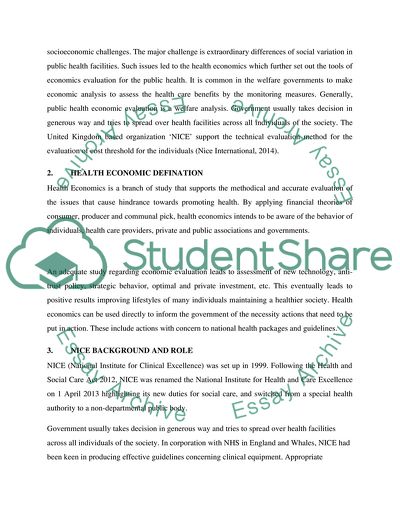Cite this document
(Economic Evaluation In Public Health Essay Example | Topics and Well Written Essays - 2500 words, n.d.)
Economic Evaluation In Public Health Essay Example | Topics and Well Written Essays - 2500 words. Retrieved from https://studentshare.org/social-science/1834232-health-economics
Economic Evaluation In Public Health Essay Example | Topics and Well Written Essays - 2500 words. Retrieved from https://studentshare.org/social-science/1834232-health-economics
(Economic Evaluation In Public Health Essay Example | Topics and Well Written Essays - 2500 Words)
Economic Evaluation In Public Health Essay Example | Topics and Well Written Essays - 2500 Words. https://studentshare.org/social-science/1834232-health-economics.
Economic Evaluation In Public Health Essay Example | Topics and Well Written Essays - 2500 Words. https://studentshare.org/social-science/1834232-health-economics.
“Economic Evaluation In Public Health Essay Example | Topics and Well Written Essays - 2500 Words”, n.d. https://studentshare.org/social-science/1834232-health-economics.


